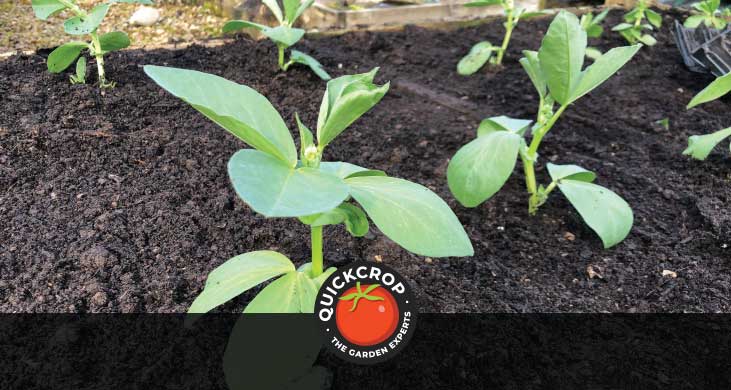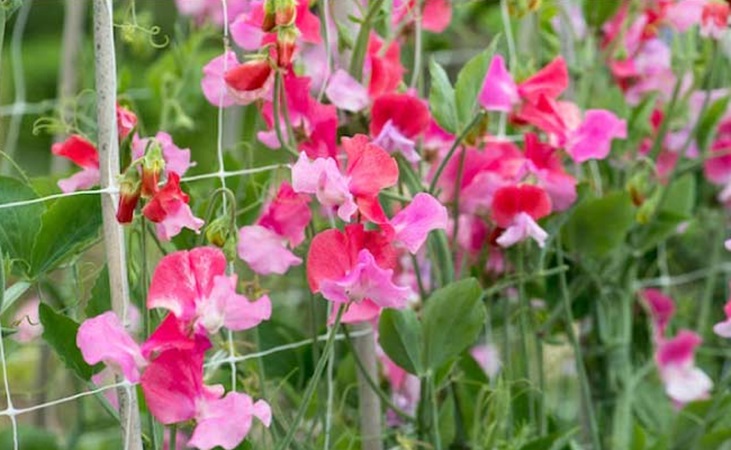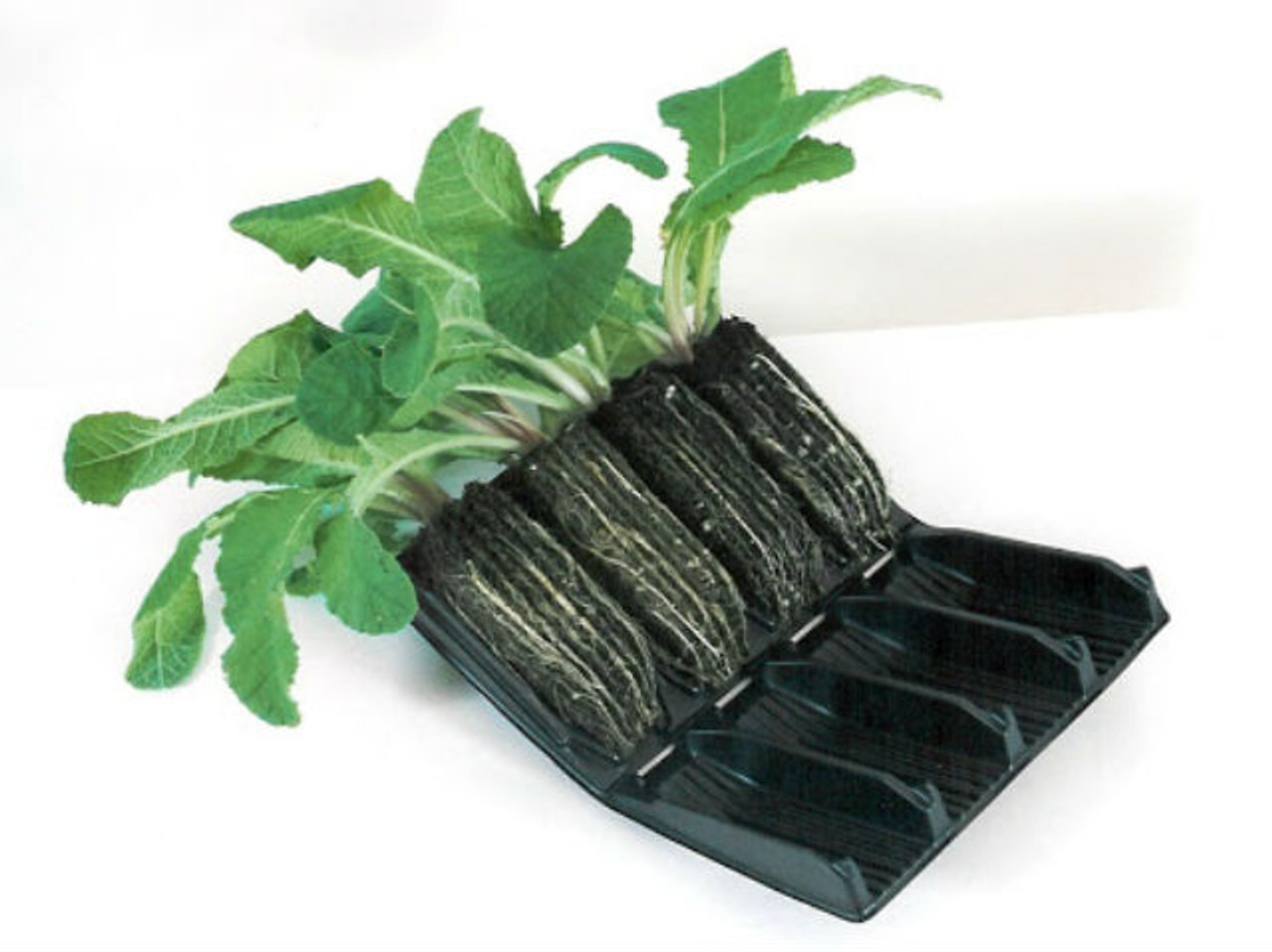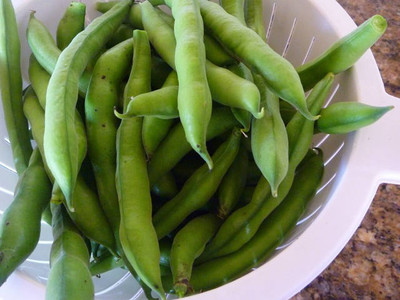Sowing Sweet Peas and Broad Beans in January

I am not sure what it's like with you but we have had some real January weather over the weekend with some hard overnight frosts. A hard frost ads a touch of magic to the garden, with ice crystals covering branches and old seed heads; scruffy foliage looks wonderful for a few hours before their sugar coating melts and everything returns to normal.
A cold snap also reminds us that we need to be cautious in the garden and not sow or plant too early, to avoid exposing our plants to unnecessary stress. It can be tempting to prune fruit on a warm afternoon, but hold off: we still have plenty of hard frosts on the way which will damage a freshly pruned bush or tree.

Having said that, there are still a few fun things to get started on to get into the swing of things. I had a very pleasant day on Saturday, sowing broad beans and sweet peas in the polytunnel and giving some care and attention to my often neglected friends: my garden tools. I took a few notes and a couple of photos while I was at it which I have arranged below if you'd like to have a go.
Sowing Broad Beans & Sweet Peas
Broad beans are one of the earliest crops you can sow in the garden, usually around mid-February as conditions allow. Unfortunately mice have a pretty restricted menu at this time of year, so there is a good chance they will make a meal of your beans. For this reason I like to sow some in modules for planting out later; this also gives me an earlier crop in May/June.

Masterpiece Green Longpod Broad Bean
View ProductAlso a member of the legume family, sweet peas are best sown over winter to get a long flowering season (you can sow as early as October), so as they are both sown the same way I did them together. Sweet peas are a fantastic flowering plant to grow. They come in a vast range of purples, blues, pinks and whites, and have attractive pea foliage and curling tendrils. They are great for adding height to flower beds with the addition of cane teepees or other climbing supports for them to scramble up.

Using Rootrainers
I used rootrainers to sow into; these are re-useable modules used for starting seeds with deep roots. They come in a range of sizes; standard, deep and maxi and can be used for a wide range of plants. They have a number of advantages which we will go into in a bit but for legumes (beans, peas, sweet-pea) - which have a deep tap root - the depth of the module is the most important.

A legume's tap root will grow relatively quickly (faster than the growth above ground) and will soon reach the bottom of shallower modular trays and begin to curl (we don't want that). Rootrainers are tall and deep, but they also feature grooves on the inner walls. This encourages the roots downwards and prevent them from spiralling around the inside of the cell.

Rapid Rootrainer
View ProductOnce the roots reach the end of the module they are 'air pruned' at the tip and start to grow lateral roots off the main stem. The deeper the module, the more space there is to grow lateral roots: which means a greater root mass and a healthier plant. I would highly recommend using rootrainers for deep root plants, I think you will be impressed with the difference they make.

Sowing broad bean and sweet peas
If I am sowing early in the year when growth is slow and seedlings will be in cold compost for longer than usual, I mix some perlite through my potting compost to improve drainage. Legume seedlings are generally tough, but cold, damp compost can lead to fungal diseases so it's worth this extra step. The sweet peas will be in the modules longer than the beans, so I also mix in some comfrey pellets to the pea compost to give a slow release feed. For every ten litres of compost I add 4 handfuls of perlite and 2 of comfrey pellets.

Perlite Seedling Compost Improver
View ProductYou can see the rootrainers in the photo above. They open like a book to extract the seedlings, and come with a rack to hold them and to keep them closed. As they are deep you need to push the compost down with your fingers to compact it before sowing, or there will be too much air in the mix. Sweet peas should be sown approx 3cm deep, while 5cm is about right for broad beans. When the seeds are in, the modules are filled to the top, cleaned off and watered.

Neither sweet pea nor broad beans need extra bottom heat to germinate, but they will need to be in a greenhouse, tunnel or on a suitable indoor windowsill. Rootrainers are also supplied with a clear propagation cover: this can be used to encourage seeds to germinate but it should be removed once the first shoots appear. If you are feeling impatient you can put them on a heat bench, but again remove once the first shoots appear or they will get leggy.

Comfrey Pellets 1 & 3litre box
View Product
Seedling care
Broad beans are planted out 4 weeks after sowing and, other than watering, they don't need any special care.
The sweet peas won't be planted out until mid to late March, so we have a few more jobs to do until they are ready to go. When the seedlings are 2-3 inches tall, pinch out the main growing tip. This will encourage a bushier plant. Around this time, check the roots: if they are beginning to grow out the base of the module they will need to be potted on. It is best to use a tall and narrow 1 litre pot, 13.5cm high.

Beware of mice
Seeds planted indoors may also become a mouse's lunch so it's worth taking precautions: I made a rough and ready cage from chicken wire. Mice can remove seed with such precision that you won't even notice they are gone, you can find yourself carefully watering a tray with nothing in it!
That's it for now, I'll have another post for you next week!
Andrew




